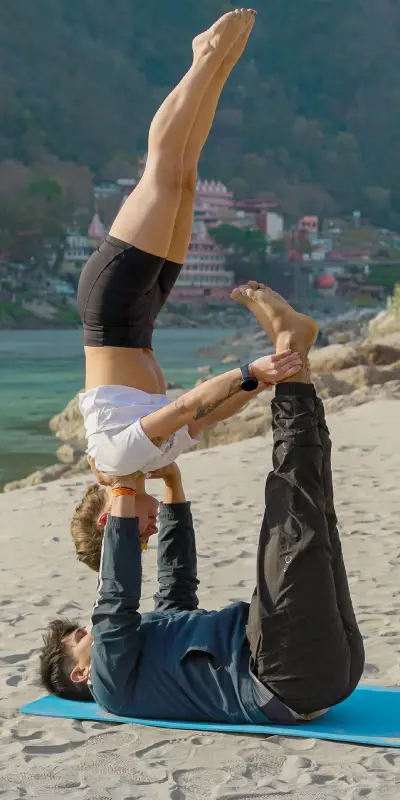
Get A Free Quote
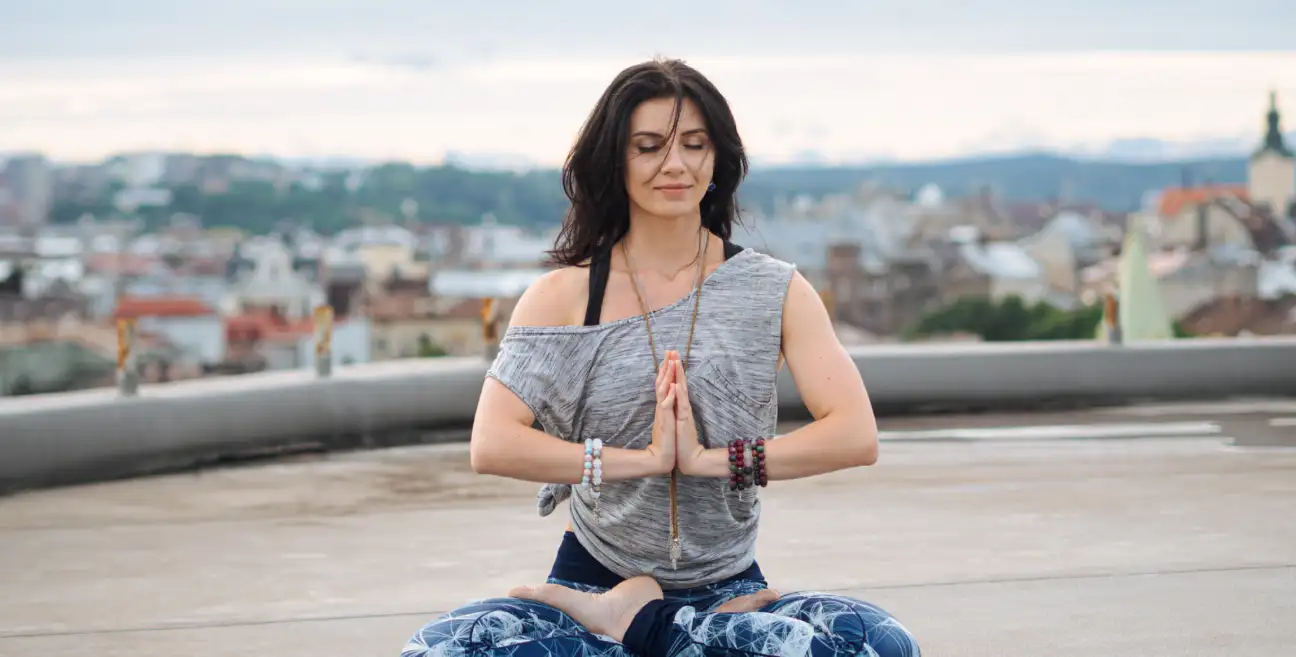
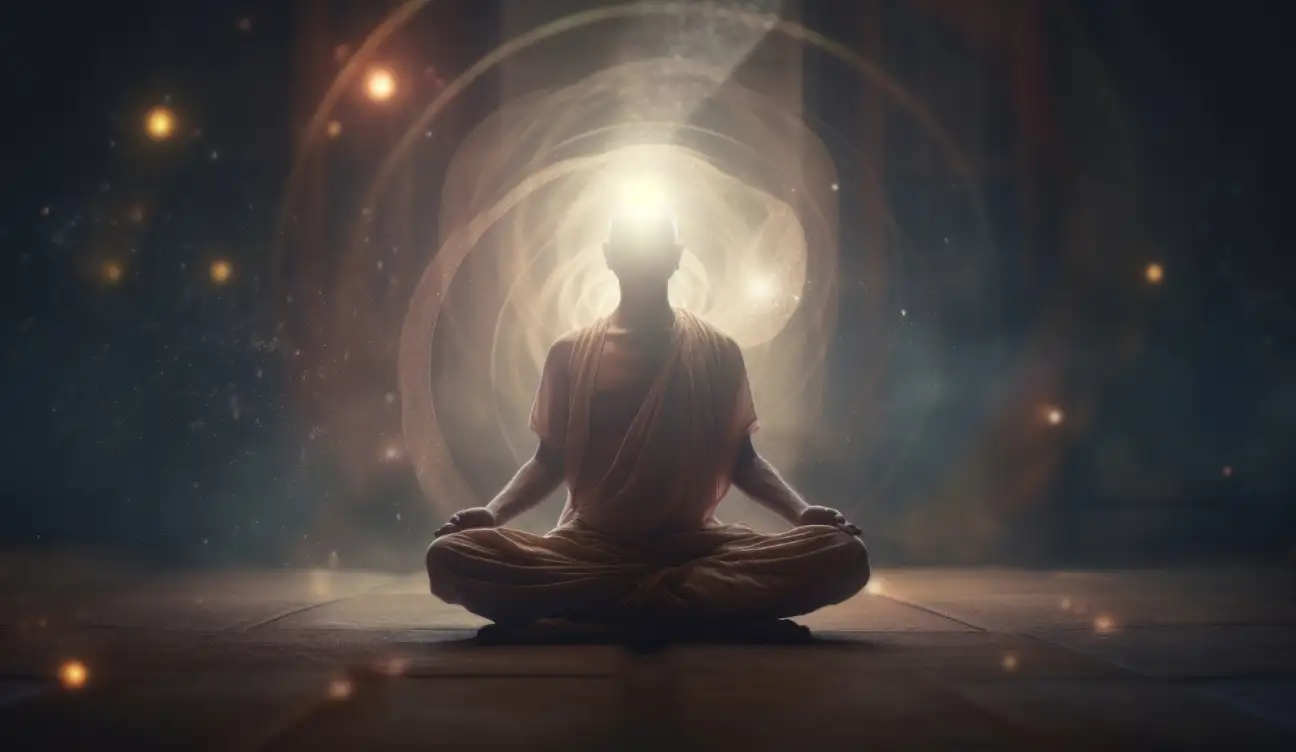
Have you ever felt like there's a coiled serpent of divine energy just waiting to be awakened within you? Sounds intriguing, right? Well, that's exactly what Kundalini meditation is all about. This ancient practice, shrouded in mystery and steeped in millennia of tradition, is more than just sitting quietly and focusing on your breath. It's about tapping into the primal divine energy at the core of your being. Let's dive into the fascinating history of Kundalini meditation and explore its purpose in our modern lives.
Kundalini meditation, with its origins lost in the sands of time, is believed to date back anywhere from a thousand to 5000 BC. The term "Kundalini" itself is derived from the Latin word for a spiraling snake, symbolizing the untapped energy believed to reside at the base of the spine in every individual. This meditation tradition, aimed at awakening this dormant energy, is as mysterious as it is ancient.
In our daily hustle, it's easy to move through life on autopilot. Driving to work, washing dishes, and even eating can become mindless tasks. But what if there was a way to infuse these mundane moments with intention and mindfulness? Enter Kundalini meditation, a practice that goes beyond the physical to tap into the primal energy that resides within us all.
Kundalini meditation isn't about adhering to any religious doctrine; it's a universal practice aimed at enhancing mindfulness and increasing awareness. By focusing on awakening the Kundalini energy, practitioners embark on a journey of self-discovery, unlocking potentials they never knew existed. It's about transforming not just the mind, but the very essence of being.
In today's fast-paced world, finding moments of peace and clarity can be challenging. Kundalini meditation offers a sanctuary from the chaos, a way to reconnect with the core of our existence. It's not just about achieving a state of relaxation; it's about embarking on a transformative journey that can lead to profound insights and heightened states of consciousness.
The beauty of Kundalini meditation lies in its simplicity and depth. Whether you're a seasoned meditator or just beginning to explore the realms of your inner world, Kundalini meditation provides a pathway to explore the untapped energies within, leading to a more mindful, intentional way of living.
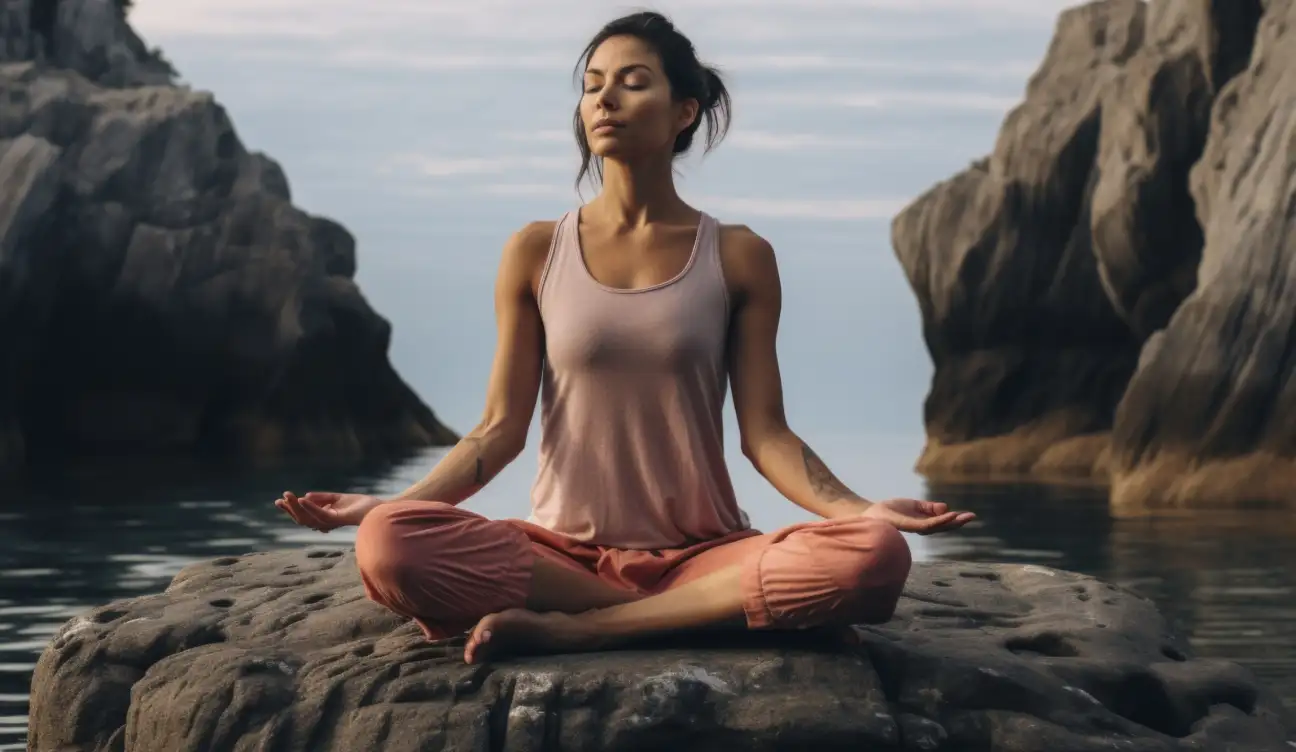
Kundalini Yoga is a form of yoga practice that includes vocal chants, breath exercises and repetitive poses. The saktis have the aim of activating your Kundalini power. The energy of this spirit lies at the base of your spine and base. Kundalini Yoga helps increase awareness as well as helps you shift away from egos. Frequently practiced practice kundalini yoga may be characterised by yoga in awareness.
Kundalini Yoga combines movement, dynamic breathing techniques, meditation, and the chanting of mantras, such as "Sat Nam," meaning "truth is my identity." The goal is to awaken the Kundalini energy, a dormant spiritual force believed to reside at the base of the spine. Through specific kriyas (sets of exercises) and meditations, practitioners work to release this energy, allowing it to rise through the chakras (energy centers) in the upper body throughout, leading to higher consciousness and spiritual enlightenment.
The benefits of Kundalini Yoga extend far beyond physical health. Practitioners often experience:
While all yoga paths aim to unify the body, mind, and spirit, Kundalini Yoga does so with a specific focus on awakening and harnessing the Kundalini energy. This emphasis on energy work distinguishes it from other forms, such as Hatha or Vinyasa, which might focus more on physical postures and alignment. Kundalini Yoga's unique blend of physical exercises, breathing, and meditation creates a holistic spiritual practice that addresses the practitioner's spiritual and physical needs.
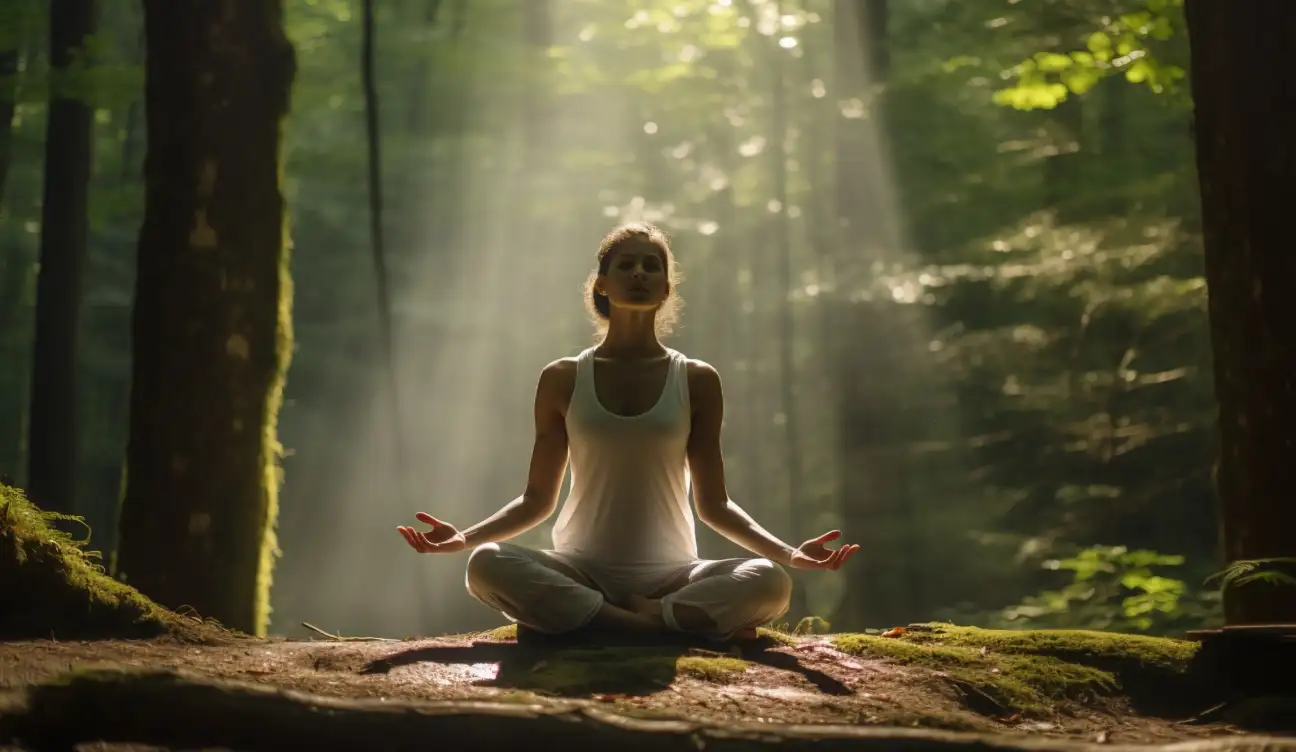
As a dedicated yoga instructor with a profound understanding of the ancient practices from my studies at Sanskrit University in India, I've always been fascinated by the transformative and potential benefits of Kundalini Yoga. This unique form of yoga, known for its ability to release and heal the body, holds a special place in the realm of spiritual practices. Let's explore the magic of Kundalini meditations and how they can significantly impact your life.
Kundalini Yoga is not just about physical postures; it's a deeper journey into the realms of energy and consciousness. At the heart of this practice are the Kundalini meditations, designed to awaken and channel the dormant energy at the base of the very base of your spine. Imagine tapping into a wellspring of vitality and wisdom that has been waiting to be discovered within you.
The beauty of Kundalini meditations lies in their versatility and the profound effects they can have on the practitioner, depending on the duration of the practice:
Kundalini Meditation goes beyond the physical, tapping into the reservoirs of mental and spiritual well-being. By awakening the Kundalini energy at the base of the brain patterns the spine, practitioners often experience a heightened sense of awareness and a deeper connection to their inner selves. This can lead to:
Kundalini meditation does not pose a long-term threat. Like with anything physical, it helps to be hydrated and relax if feeling tired. Note that sluggish breathing can cause lightheadedness or dizziness initially. This is an overview of steps required to initiate a basic Kundalini meditation program. Keep in mind that you should start with small things. Pick an effective meditation commitment that is achievable every day. Keep it from getting overwhelming and slowing down the effort. The journey is powerful, and like any exploration of depth, it comes with its cautions:

As a seasoned yoga instructor with a deep-rooted passion for the transformative power of yoga, I've always been captivated by the elegance and depth of the Lotus Pose (Padmasana). This iconic posture, celebrated for its serene beauty and profound spiritual significance, is more than just a physical stance; it's a journey into the heart of yoga's ancient wisdom. Let's unravel the mysteries of the Lotus Pose and how you can embrace its benefits, while being mindful of your body's limitations.
The Lotus Pose is prayer pose renowned for its ability to foster deep meditation and enhance physical flexibility. Sitting upright, with your spine straight and your feet nestled on the opposing thighs, this pose symbolizes purity and awakening—much like the lotus flower that rises untainted from muddy waters. It's a posture that invites you to open up, not just physically by loosening the hip muscles, but also spiritually, paving the way for a deeper connection with your inner self.
While the Lotus Pose is aspirational for many, it's crucial to approach it with care, especially if you're dealing with tightness around the hips or existing hip issues. The key is to move slowly and listen to your body's signals. Forcing yourself into the pose can do more harm than good, so patience and gradual progression are your best allies.
If the full Lotus Pose feels out of reach, don't worry—there are modifications that can help you enjoy its benefits without risking injury. Starting with simpler poses like the Half Lotus or using props for support can provide a gentle pathway towards achieving the full posture. Remember, yoga is not about pushing your limits; it's about harmonizing with your body's rhythm.

The mantra "Satnam," meaning "truth is my identity," serves as a powerful tool to anchor the mind during meditation. By chanting this mantra with each inhalation, you invite a profound sense of awareness and authenticity into your practice. Whether you choose to vocalize it aloud or silently within your mind, the vibration of the mantra helps to focus your attention and redirect energy towards a state of heightened consciousness.
But the beauty of mantras lies in their versatility. If "Satnam" doesn't resonate with you, the world of mantras is vast and varied. The key is to find a word or sound that holds personal significance, one that aligns with your intentions and spiritual aspirations. Whether it's a single word, a phrase, or even a sound, the right mantra will feel like a key unlocking deeper layers of your being.
The Breath of Fire is a dynamic breathing technique that energizes the body and clears the mind. Characterized by a passive inhalation and a forceful exhalation, this practice engages the abdominal muscles and creates a rhythm of breath that is both invigorating and balancing. The focus here is not on the speed but on the consistency and intensity of both the inhale and breath, creating an internal heat that purifies and awakens.
Starting slowly is perfectly okay, especially for beginners. The goal is to gradually build up your pace and endurance, allowing the Breath of Fire to become a catalyst for deep meditation. Whether you practice it for 30 seconds or extend it up to 10 minutes, this breathing technique is a powerful ally in your quest for mindfulness and inner peace.
To harness the full potential of these practices, begin your meditation session by finding a comfortable seated position and choosing a mantra that speaks to your heart. As you settle into the rhythm of your breath, introduce the Breath of Fire, allowing its energizing pulse to guide you deeper into meditation. With each inhalation, silently or softly chant your chosen mantra, creating a cycle of breath and sound that envelops you in a cocoon of focused energy.
During moments of stress or distraction, returning to your mantra and the Breath of Fire can be a powerful way to regain your center and reconnect with your inner calm. These practices are not just techniques but gateways to a more mindful, serene, and enlightened existence.
Kundalini Meditations are included in Kundalini Yogas. You can mix it and experiment. The two substances help the Kundalini energy flow down the spine. Kundalini meditation has been developed using energy-filled breathing techniques. This differs compared to kuddhi yoga which combines physical exercise with yoga. This strengthens the body and aids in releasing sluggish toxins – physical or emotional.
Kunddalini Meditation has been studied at the early stages although it appears generally to have positive effects on mental health levels.5. There is evidence of the effectiveness of Kundalini Yoga with other therapies to help people with chronic conditions and there are claims about its ability to reduce generalized anxiety disorder too.
Notice breathing. Slowing down. You have an intention to only inhale and exhale for about 7 – 8 seconds. Break your exhalation in half and inhale in half. Attempt to achieve this by combining inhalations in deep breaths with exhalations in a full breath. You breathe in it every moment. Immediately stop the practice.
Sit comfortably on the floor. You can lie down on a seat for a little help.
Create a deep connection through the usage of mantra. Keep focusing on the mantra inhalation before exhaling the energies and then let go. Pick something that aligns with your intention to live - for example love and peacefulness.
Practice Kundalini in one sitting. Sit straight and comfortably at the waist. ... You focus your attention on that point between your eyebrows and third eye. You breathe in equal parts.
Kundra Yoga has many complexities. It'll take 'not just Chakra activation to get the Kundalini'. It needs integration to become a successful business.
However many practitioners, Kundalini yoga is particularly useful when people want to have a spiritual practice as much as they want to exercise physically.
According to Kundalini yoga teacher, practicing a single day straight will remove negative habits blocking growth in the kriya. I only had 40 numbers and I thought it would be an appropriate number.
What is the best method for that? Dress to be comfortable. ... Start by focusing and becoming calm. ... Focus on the thai chakras. ... You could make your mantras. The petty tycoon of the petty tycoon — a smattering of a tycoon — was formerly a member of the petty officers, who were appointed to the petty officers of the Start by breathing deeply. ... Add mudros. Give the breathing space to two equal sections. ... Keep your breath in check for a few deep breaths until the moment your breath goes.
In 10 minutes, the pituitary glandular system and nerve system begin learning and undergoing a transformation. The sympathetic nervous system begins absorbing this increased energy.
Tell me the easiest method you could use right foot to regain kundalini. Love the gods. ... Help people. Maintain good attitude. ... Living with a light. ... ) Become better able to stay informed. The 'Poor' is a term used in the English language. Let me be meditative. ... Do gentle breath exercises, visualization yoga postures, Energize exercise. Chants.
Dawn brings the beautiful positive energy that Dawn brings to this beginner easy kundalini yoga practice class combining Kundalini Yoga with Yoga. She introduces the fundamental of the kundalini practice of yoga for beginners and concepts that should guide you in every Kundalini class she does and then helps to guide you effortlessly with a kriya that's easy to follow and will bring you deep calmness and concentration.
Kundalini meditation involves the consistent practice of deep breathing, mantra and physical motion. Generally, meditations have the potential to release a dormant energy.
To practice Kundalini meditation at home, follow these steps to create a conducive environment for your spiritual journey:
Kundalini Yoga is a series of six main parts and can be accomplished as follows: Open singing. All classes begin by introducing an opening tune known as tune in. Pranamako is awake. ... Kate. ... Relaxed. ... Meditations. ... Closed screams.
The term practice kundalini meditation comes from Sanskrit words kundal, meaning a coiled snake. kundalini means a snake of energy. It's an illusion to me that we all contain energy coiled snake on the spine that can be brought through Kundanlini practice to the head.
Breathing in. We opened our HeartCenter. Lift your head covering with your chin up. And then inhale deeply. The time for this?
Your entire physical body and soul undergo enormous internal energy changes and cause you to feel uncomfortable and move in different directions. Kundalini awakenings can be an important process for enhanced reassurance.
The full breathing cycle is about seven-eight seconds. Approximately two hours. Keeping your fingers firmly pressed will help you recharge. When you do feel dizzy or anxious, you can mentally add the mantra "Sa - Ta - Na- Ma" at each inhalation as well as exhalation.
Bring right elbow and your hand to your front left leg, foot and stomach. Keep your abdomen puffy during breath. Then there is the left foot the other side of that.

Posted: 03 March, 2024
Renowned for his expertise in yoga and its philosophy, Sajan Negi brings over 15 years of experience in guiding individuals on their transformative journey towards holistic well-being. With a Master’s degree in Yoga and a life dedicated to personal growth, Sajan Negi combines ancient wisdom with modern insights to inspire physical strength, mental clarity, and spiritual peace in his students.